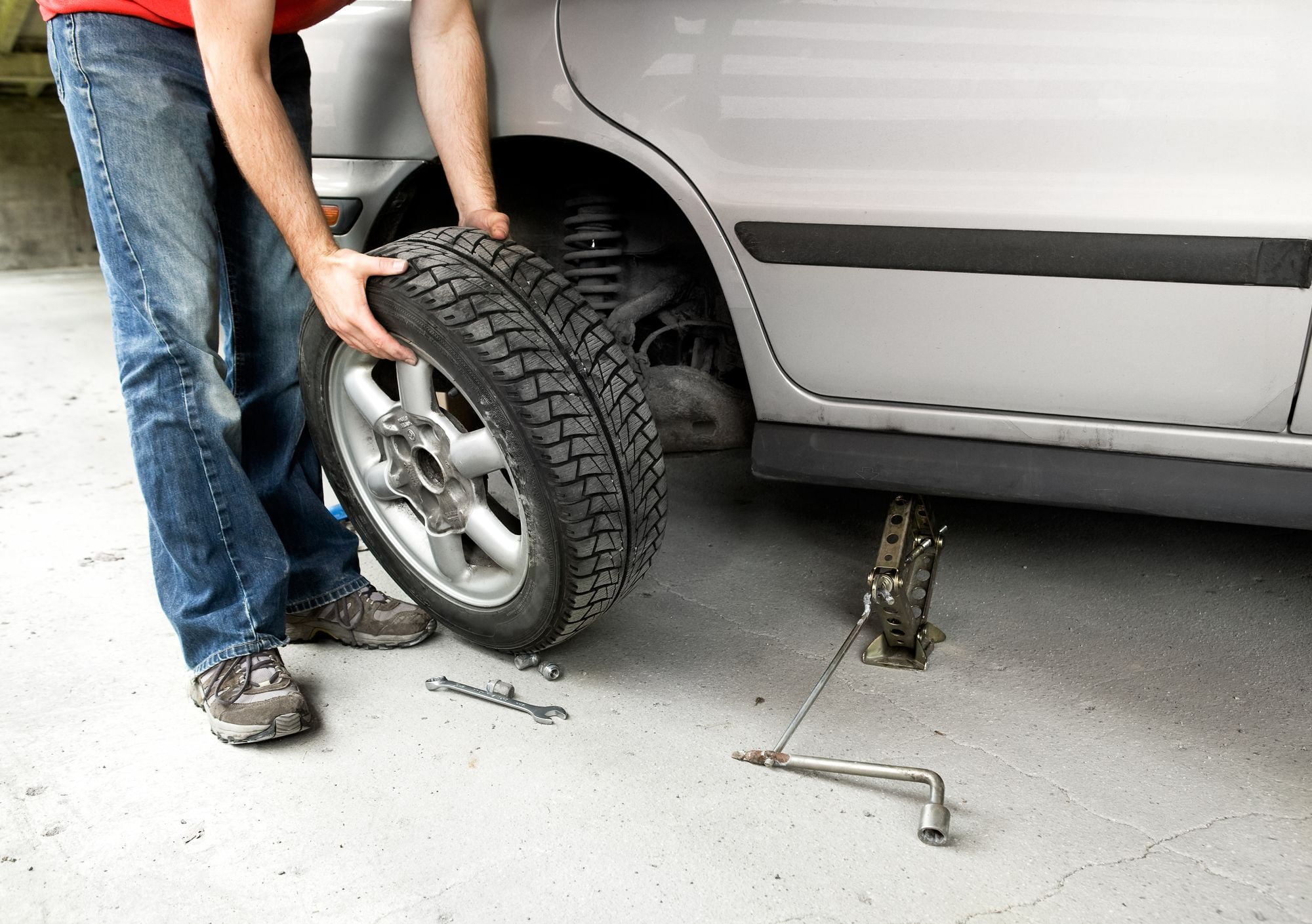
Depending on the model of your car, it may have a receiver drier or accumulator. A receiver drier is found in cars with a thermal expansion valve, while accumulators are found in vehicles with an orifice tube. A receiver drier is an important part that protects all the other components of an AC loop. It is positioned between the expansion valve inlet and the condenser outlet on the high-pressure side of the circuit.
The function of a receiver-drier is to separate gas from liquid because compressors are not built for liquids but only gases. Therefore, any contact with liquid damages it. The part also takes out any moisture using a desiccant (a small bead-filled component that comes with many electronics). A desiccant has filters that protect the air conditioning unit of your car from contaminants.
A receiver drier also acts as the temporary storage container for refrigerant and oil when they are not needed for system operation, for instance, during periods of low cooling demand such as the winter season.
Always keep an eye on the receiver drier.
Remember that your car’s AC unit is prone to damage when it encounters excess moisture. It can lead to corrosion and degrade the performance of the lubricating oil of the compressor. Every time the system is opened for service, the receiver-drier must be replaced since most compressor warranties have that requirement. If you do not change the receiver drier, the operation of the loop is compromised, it deteriorates, leading to a risk of breakdown, such as a blocked expansion valve.
Moreover, it is necessary to follow the essential rules when replacing it in your car, or else the new receiver drier can be damaged. A receiver drier is fitted with compulsory plugs that need to be removed as late as possible, for instance, just before installation. The receiver-drier must be fitted in the loop during the very last moment just before the vacuum process.
Keep in mind that the desiccant is only capable of absorbing a specific level of moisture. When the receiver-drier is exposed to the atmosphere, the desiccant can get saturated with humidity from the air. Whenever that happens, the desiccant loses its function and thus does not provide any protection in the future.
The filter inside the receiver-drier is prone to debris like dirt and dust that may have been inside the system, which diminishes the refrigerant and interferes with airflow.
Signs of a damaged receiver drier
When the receiver-drier is not working well, it leads to other problems with the entire system of the air conditioner. When you see any of these signs, it is time to have them inspected by a professional.
- Signs of a refrigerant leak- since the receiver drier stores the refrigerant, it is more susceptible to leaks than any other component. You can spot a film or drips of a refrigerant leak near the fittings of the receiver drier or under the car in severe conditions.
- A moldy smell from the AC- if the receiver-drier cannot remove moisture from the system, the result is the growth of molds. They produce a noticeable odor that gets worse if the AC is in use.
- Rattling noises- note that receiver driers are chambered; therefore, any rattling noise during operation is a sign of damage to the chambers or loose fittings.
The takeaway
The receiver drier acts as the storage and filter for the AC’s refrigerant, so it is necessary for the system’s proper functioning.








